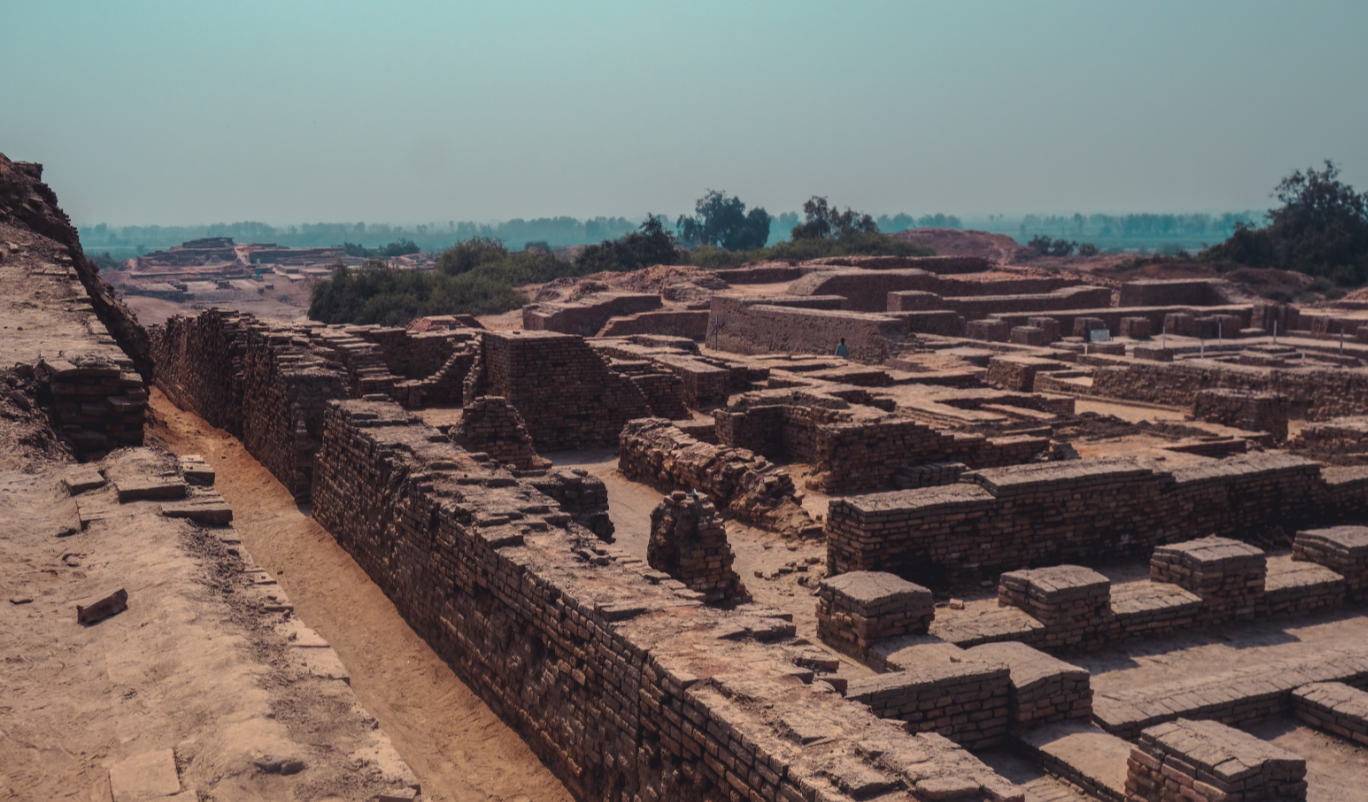Thousands of years ago, a city of 40,000 people stood proudly in the Indus Valley, rivaling the great powers of ancient Egypt, Mesopotamia, and Minoan Crete. It steadily grew for centuries until it suddenly fell into decline and was abandoned for reasons that aren’t totally understood.
The ruins of Mohenjo-daro, meaning “Mound of the Dead Men,” are located in modern-day Pakistan within the southwestern province of Sindh. According to UNESCO, the site extends for 24 hectares (59 acres), although one-third of the structures have been excavated since 1922.
Built around 2500 BCE, its organized layout suggests the settlement was not the product of chaotic growth, but rather an early system of town planning. Much of the planned city was built using uniform baked bricks, suggesting they were a standardized building material.
In its heyday, the metropolis had straight roads intersected at right angles, creating city blocks lined with civic centers, public baths, cultural hubs, a college for priests, a complex drainage system, and a large granary.
Mohenjo-daro flourished until it was abandoned and left to ruin around 1800 BCE to 1700 BCE. Owing to the preservation of the site, it’s been said that the city was likely the victim of quick disaster, as opposed to slow natural demise.

The organized structure of Mohenjo-daro suggests it was the product of town planning.
Image credit: Jawwad Ali/Shutterstock.com
Oddly, there is no sign of flooding or a fire, nor any devastating battle. Dozens of skeletons have been discovered at the site, although it doesn’t appear they were the victims of a catastrophic massacre.
It is clear, however, that many civilizations around the Indus Valley suffered a collapse around this time. By 1800 BCE, most great cities in the region were almost completely abandoned. Eventually, the villages in the nearby Himalayan foothills declined too.
One recurring theory is that a megadrought washed over the region, causing agriculture and larger settlements to crumble.
In 2023, the study of an ancient stalagmite from a cave in the Himalayas provided some strong evidence for this theory. Scientists at the University of Cambridge looked at the growth layers in the geological feature to learn about historic rainfall in the region, revealing that it was struck by extremely arid conditions around 4,200 years ago, which persisted for a couple of centuries.
Even beyond the Indus Valley and the Himalayan mountains, there is some evidence that a global drought occurred around 4,200 years ago, known as the “4.2-kiloyear event.” Not everyone agrees with this idea, but it does neatly explain why so many of humanity’s first great civilizations met a sudden, sticky end around this time.
Source Link: Mohenjo-daro: The Ancient City Of 40,000 People That Suddenly Fell Into Ruin